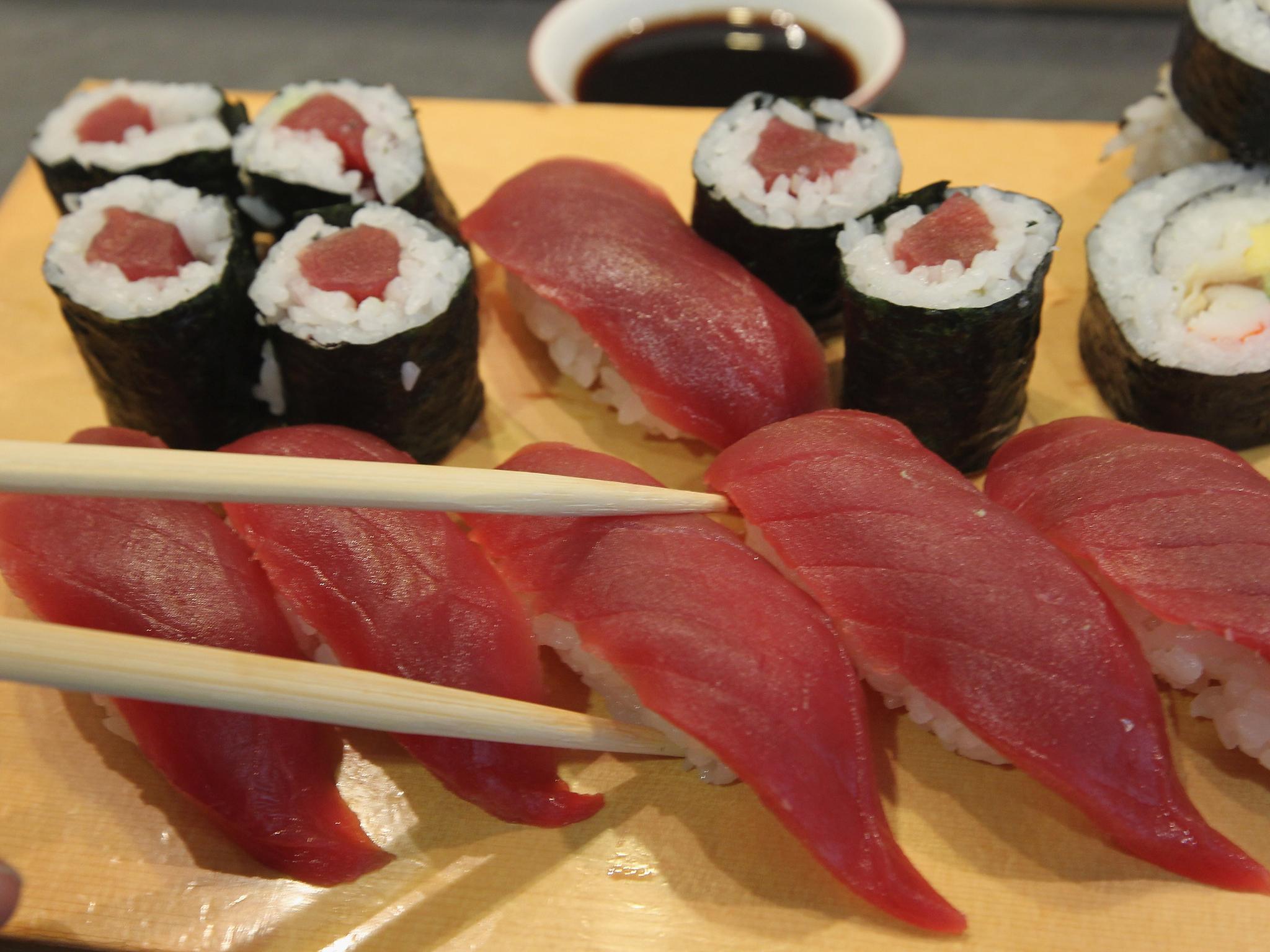Sake is a palate cleanser, so don't skip the food

Your support helps us to tell the story
From reproductive rights to climate change to Big Tech, The Independent is on the ground when the story is developing. Whether it's investigating the financials of Elon Musk's pro-Trump PAC or producing our latest documentary, 'The A Word', which shines a light on the American women fighting for reproductive rights, we know how important it is to parse out the facts from the messaging.
At such a critical moment in US history, we need reporters on the ground. Your donation allows us to keep sending journalists to speak to both sides of the story.
The Independent is trusted by Americans across the entire political spectrum. And unlike many other quality news outlets, we choose not to lock Americans out of our reporting and analysis with paywalls. We believe quality journalism should be available to everyone, paid for by those who can afford it.
Your support makes all the difference.Until two weeks ago, my relationship with sake had not been what you'd call satisfactory. My abiding memory of it comes from about eight years ago. I was 18, and my friend and I decided to put the five-year-old bottle we had found in his parents' house – given by an inexplicable Japanese exchange student (inexplicable because no one in his family went to Japan in return) – into a microwave.
We boiled it inadvertently, and then sunk it in shots that left my lips sticky. And, with the regularity of a clock, it appeared again in an hour's time, all over the kitchen floor. It is a common experience. And one I am quite happy to have left behind, having spent an evening being instructed in the virtues of sake, and they are many and various, at the Brazilian-cum-Japanese restaurant Sushisamba's Sake and Sushi class on the 38th floor of London's Heron Tower.
It was one of those evenings where you find yourself softly drinking in so much never-before-known information until you feel that you might pop. I would say that I am now a sake master but, as I know now, anyone wanting to have the mantle "master" anywhere near the word "sake" needs to have worked with it for 30-40 years – and be very serious about it. That was lesson one. The others came quickly after, like Tube trains – and scales fell from eyes all around.
The first surprise was that it is very probably the Chinese who first started brewing it. They were making it 5,000 years ago, using enzymes in saliva to ferment the brew. Luckily for me, the Japanese did away with the spit, perhaps considering it not entirely appropriate in a drink that was offered up to the Shinto gods.
As the head sommelier and sake king, Maurizio Palomba, explained as we prepared our sushi under the head chef's flinty gaze, sake is now made from water, rice, yeast and Koji mould (marginally better than saliva). There are 76 styles of rice used, but the best sake uses the smallest grain possible, which is then milled down until it is practically starch alone. To make things even more complicated, you have to use the rice very quickly after milling or it oxidises and then you and your sake are done for (which partly explains why sake is made, pretty much exclusively, in Japan).
It is half-way through proceedings, as the antiseptic properties of wasabi are being explained, that I find out why I came a cropper with my friend's sake. As Palomba says, "good wine you age, but good sake you drink now". In fact, most sakes are left only for six months in the bottle to calm. And once you pop the cap, it has to be drunk quickly on pain of oxidisation. Fine if you are drinking the 300ml bottles, but as Palomba explains, in Japan, the standard bottle size is 1.8 litres, the smaller versions are but European affectation. Just remember though, sake is, in essence, a palate cleanser, so don't skip the food.
There are some immutable rules of alcohol that still apply to sake: pay more and you get better stuff. If you fancy dipping your toe in and have a spare £20-30, look out for these names: Dewazakura "Tobiroku" Festival of Stars, Dewazakura "Omachi" Jewel Brocade. And if you fancy splashing out – Kamoizumi "Summer Show". Find them, try them and banish those bad memories.
Join our commenting forum
Join thought-provoking conversations, follow other Independent readers and see their replies
Comments